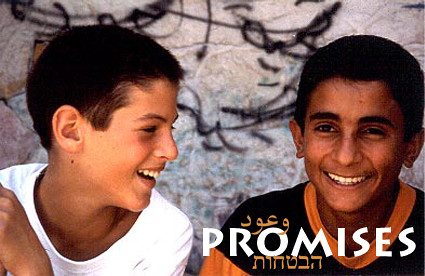Oops! I don't know what happened. I thought I posted this on Thursday and just checked it to see if you guys are leaving comments and it looks like I actually didn't click publish. So never mind about the homework and sorry if you were confused looking for the homework.
Here is the link to the movie if you need to review: http://video.google.com/videoplay?docid=1716489580121755023#
- Ehud Barak, Israeli general, and Prime Minister 1999 - 2001
“What cause have we to complain about their fierce hatred to us? For eight years now, they sit in their refugee camps in Gaza, and before their eyes we turn into our homestead the land and villages in which they and their forefathers have lived.”
- Moshe Dayan, Israeli general, 1956
“No people anywhere in the world would accept being expelled en masse from their own country; how can anyone require the people of Palestine to accept a punishment which nobody else would tolerate?”
- Bertrand Russell, 1970








